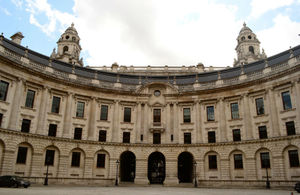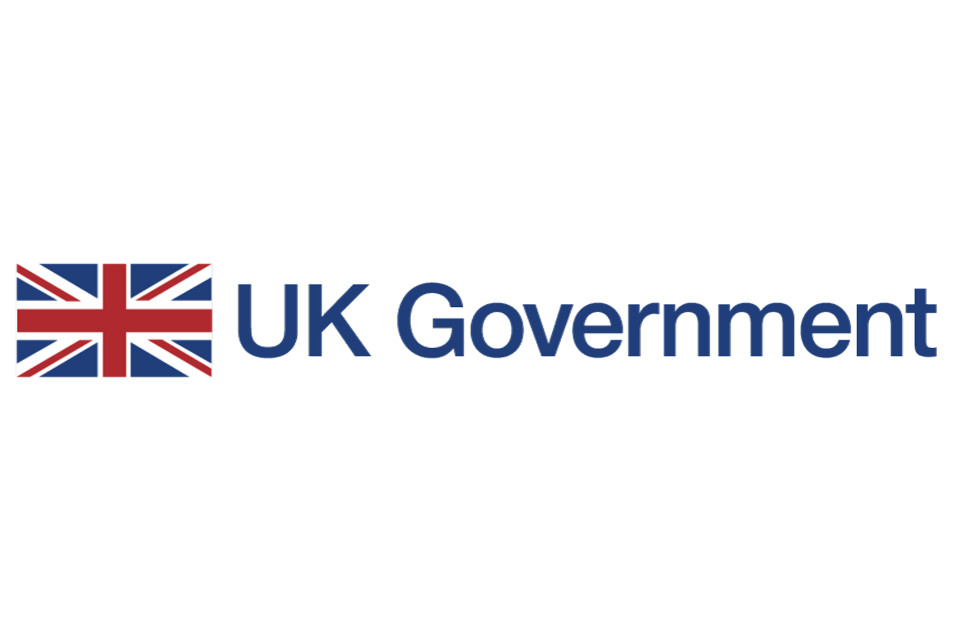Rachel Baillache and Rupen Shah appointed to the Board of UK Sport
Appointed as a Board Member (Chair of Audit and Risk Committee) from 01 September 2022 until 31 August 2026.
Rachel is a general sports enthusiast. She is currently the Senior Independent Director at the LTA where she chairs the Audit and Risk Committee. She is also the LTA Board sponsor for Inclusion and Diversity. Rachel is also an Independent Non-Executive Director of Somerset County Cricket Club where she Chairs the Audit and Risk Committee. She is the Chair of the mental health charity Minds@Work.
Rachel was a partner at KPMG for over twenty years where she served as an audit partner and for eight years, until her retirement, she was also a member of KPMG International’s Global Executive serving as the global head of people, performance and culture and as the executive responsible for global communications. She has worked extensively abroad living in continental Europe, Asia and Africa. She is a qualified chartered accountant and was a fellow of the chartered Institute of Personnel and Development.
Rupen Shah
Appointed as a Board Member from 01 September 2022 until 31 August 2026.
Growing up a stone’s throw away from Wembley Stadium, it was almost impossible for Rupen not to be inspired by elite sport from an early age. Whether it was an England home international or FA Cup Final day, the excitement generated in the local area cemented his passion and enthusiasm for it. Rupen is now a powerful advocate for sport and believes in the transformational effect it can have on people’s lives and society.
Qualifying as a chartered accountant with KPMG, Rupen spent several years working strategically with high profile clients and also completed a secondment to India. He went on to become the Chief Financial Officer of the Football Foundation, the UK’s largest sports charity set up by the Government, The FA and Premier League. Rupen combines substantial expertise in commercial, charity and public finance with a real grasp of the challenges participants face when engaging and competing in sport.
Alongside his professional journey, Rupen developed a longstanding relationship with Arsenal FC for over a decade, which included several voluntary and part-time roles. This saw him deliver local community programmes, coaching clinics in 14 countries and coaching elite female players in the Academy, many of whom have now become, and will become, Lionesses.
Rupen now enjoys mentoring the next generation of talented sport enthusiasts, spending time with his family and travelling the world. He also continues his charitable work to tackle inequalities through trustee roles in sport and beyond, including Women In Sport and The Legal Education Foundation.
Remuneration and Governance Code
This role is remunerated at £218 per day. These appointments have been made in accordance with the Cabinet Office’s Governance Code on Public Appointments. The appointments process is regulated by the Commissioner for Public Appointments. Under the Code, any significant political activity undertaken by an appointee in the last five years must be declared. This is defined as including holding office, public speaking, making a recordable donation, or candidature for election. Rachel Baillache and Rupen Shah have not declared any activity.

